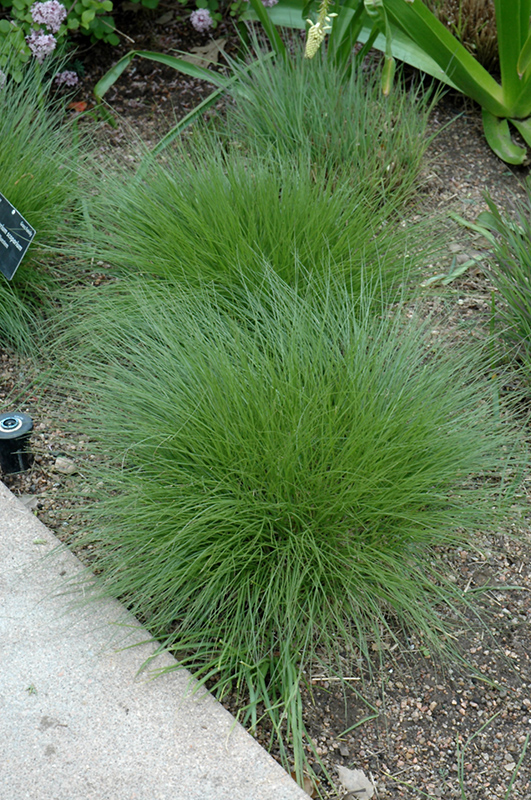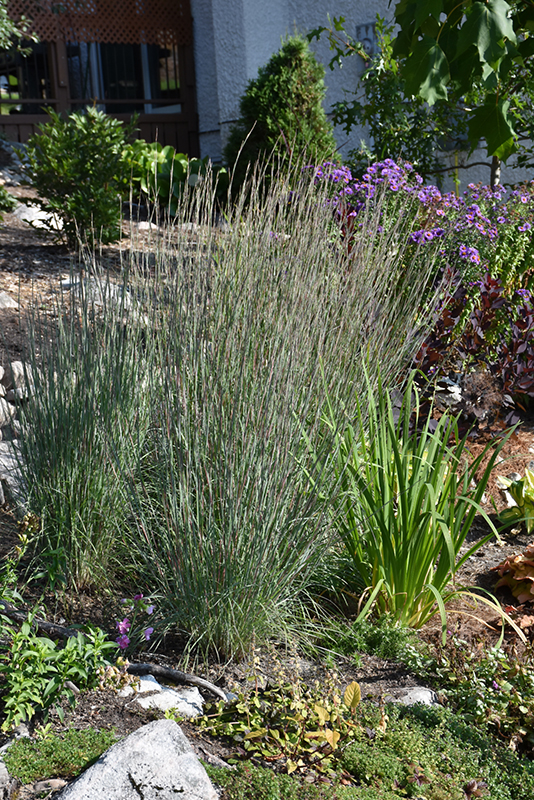Plant Finder
Plant Height: 24 inches
Flower Height: 32 inches
Spread: 18 inches
Sunlight:
![]()
Hardiness Zone: 3a
Other Names: Carousel Bluestem
Description:
This dwarf, clump forming, warm season native features a unique rounded shape and resistance to lodging; blue-green blades with a purplish-bronze bloom; a true kaleidoscope of autumn color
Ornamental Features
Little Bluestem is primarily grown for its highly ornamental fruit. The antique red seed heads are carried on showy plumes displayed in abundance from early fall to late winter. Its attractive grassy leaves are bluish-green in color. As an added bonus, the foliage turns a gorgeous orange in the fall. It has masses of beautiful spikes of deep purple flowers rising above the foliage in late summer, which are most effective when planted in groupings. The brick red stems are very colorful and add to the overall interest of the plant.
Landscape Attributes
Little Bluestem is an herbaceous perennial grass with an upright spreading habit of growth. It brings an extremely fine and delicate texture to the garden composition and should be used to full effect.
This is a relatively low maintenance plant, and is best cut back to the ground in late winter before active growth resumes. It has no significant negative characteristics.
Little Bluestem is recommended for the following landscape applications;
- Mass Planting
- General Garden Use
- Groundcover
Planting & Growing
Little Bluestem will grow to be about 24 inches tall at maturity extending to 32 inches tall with the flowers, with a spread of 18 inches. It grows at a medium rate, and under ideal conditions can be expected to live for approximately 10 years. As an herbaceous perennial, this plant will usually die back to the crown each winter, and will regrow from the base each spring. Be careful not to disturb the crown in late winter when it may not be readily seen!
This plant should only be grown in full sunlight. It is very adaptable to both dry and moist locations, and should do just fine under typical garden conditions. It is considered to be drought-tolerant, and thus makes an ideal choice for a low-water garden or xeriscape application. It is not particular as to soil type or pH. It is somewhat tolerant of urban pollution. This species is native to parts of North America. It can be propagated by division.
This Plant Finder tool is an online catalog representing many of the varieties that we carry over the course of the season, and is intended for informational purposes only. Inventory varies seasonally, so we cannot guarantee that every plant will be in stock at all times - please contact the store for current availability. It does not include our entire inventory of plants, so be sure to visit us to see varieties that may not be represented on this list.


